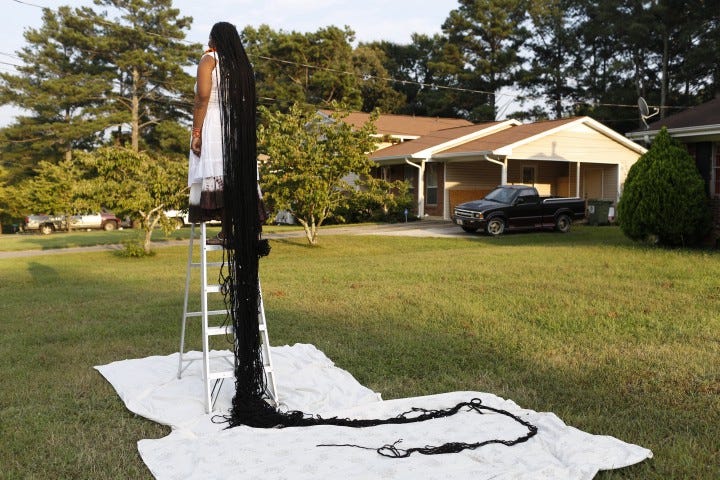Time Was the Essence of This Year’s True/False Film Festival
By Ben Godar

The pre-show bumpers at this year’s True/False Film Festival profiled a watchmaker, an astrophysicist and others, all of them dancing around the idea of time. And many of the more than 40 films that screened at the festival also resonated with some facet of time.
Sam Green’s The Measure of All Things (a title that itself can be read as an all…
Keep reading with a 7-day free trial
Subscribe to Nonfics to keep reading this post and get 7 days of free access to the full post archives.



